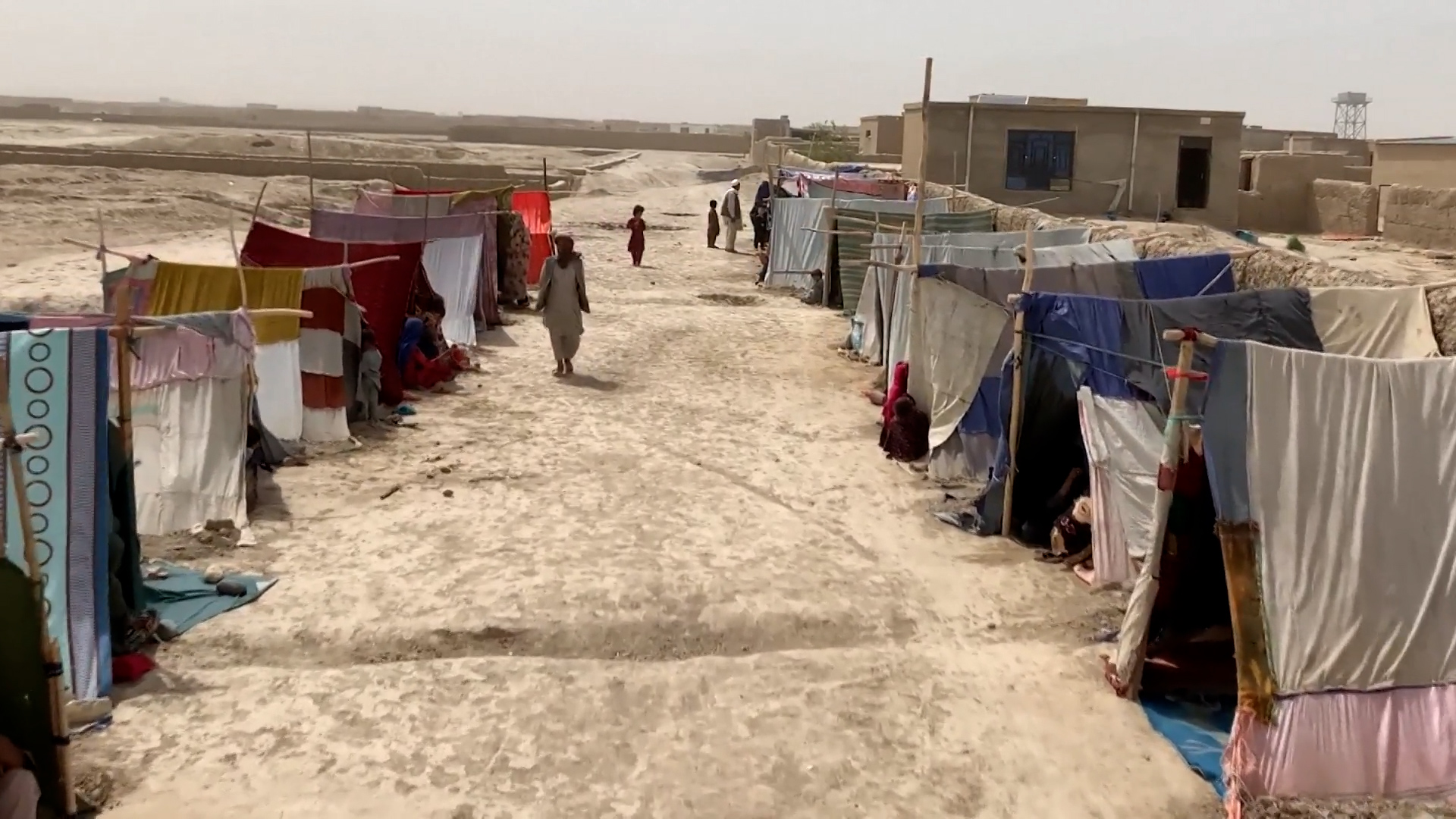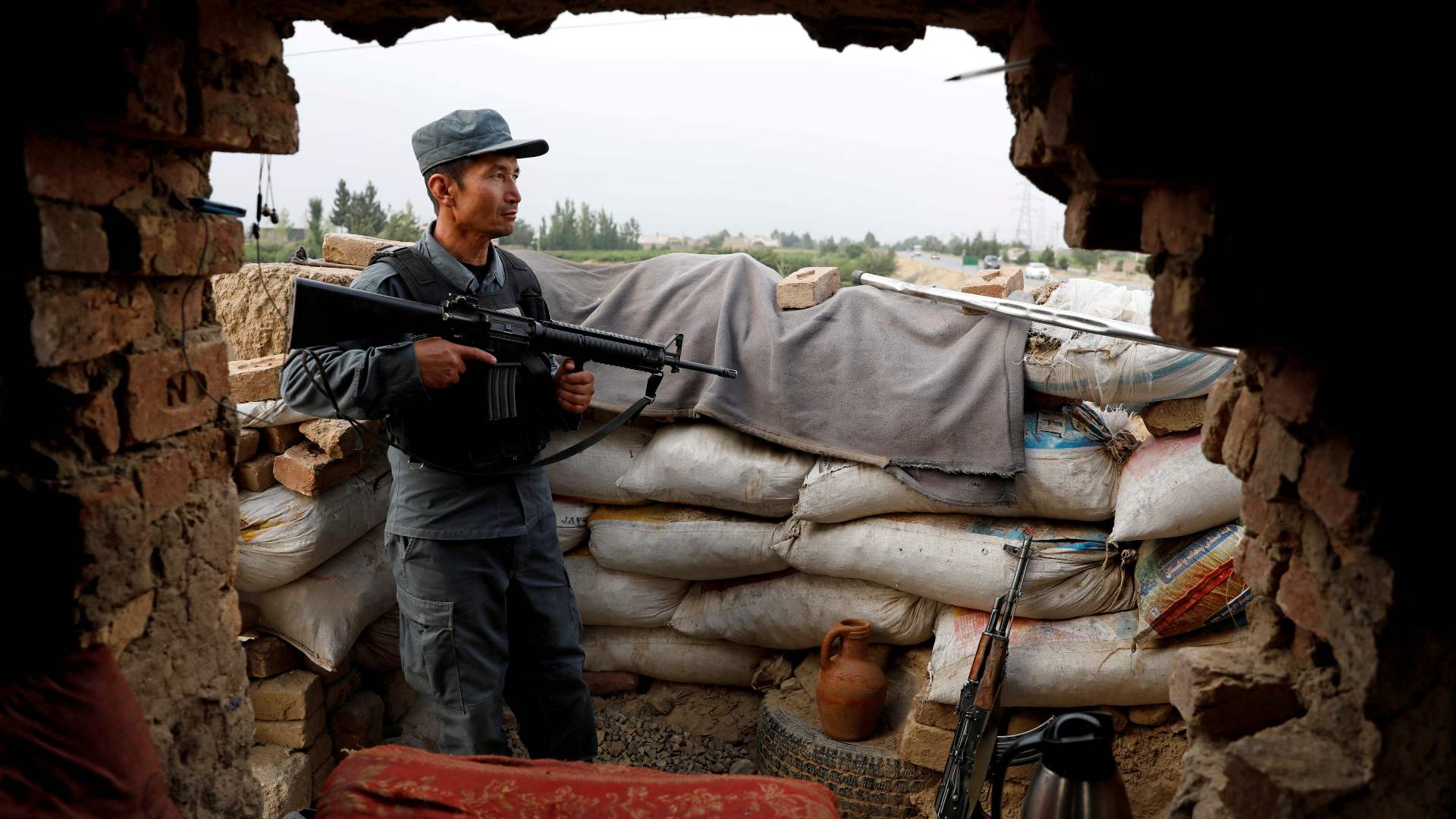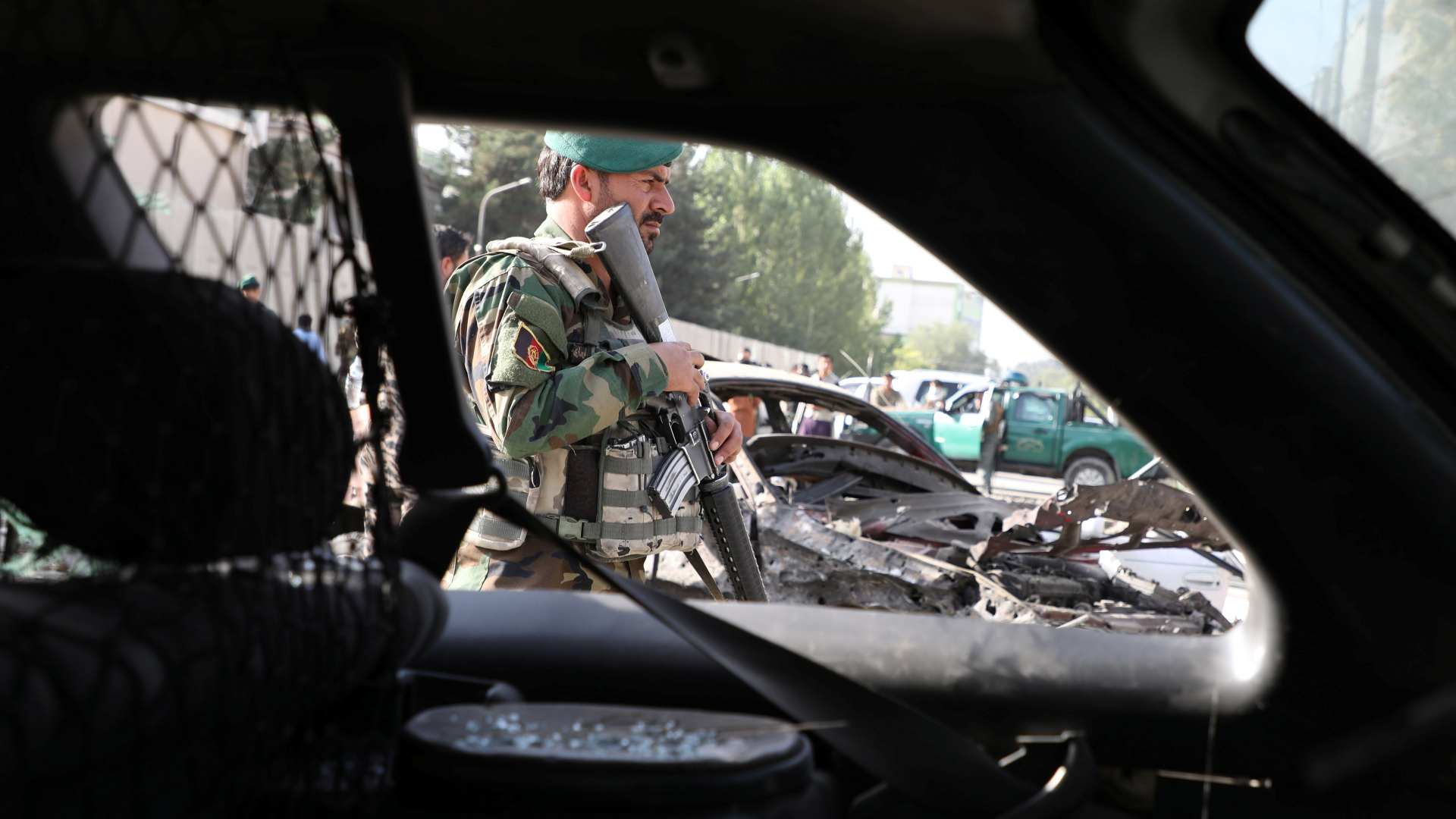02:16

Conflict in Afghanistan is in a more destructive and deadlier phase as the Taliban take provincial capitals. Since U.S. President Biden announced in May that its forces would pull out, the Taliban has attacked and pressured Afghan forces.
The Taliban claims to have captured control of a second district capital in Sheberghan and released prisoners in the Jawzjan province.
Government sources are disputing the Taliban claims, but there is no denying the success of their offensive in recent months. More than half of the 398 rural districts are under Taliban control.
As with the city of Zaranj in southern Nimroz province on Friday, mobile phone videos appear to show Taliban fighters driving armed vehicles into the city, including American Humvees.
Fighting is reported from other provincial capitals, which are said to be under pressure, include Herat near Iran in the west, and the southern cities of Kandahar and Lashkar Gah. According to Afghanistan's military, they have killed dozens of Islamist fighters, including some senior commanders near Lashkar Gah.
But it is hard to deny the ascendancy of Taliban forces, as they have taken more territory in Afghanistan in the last two months than at any time since they were ousted from power by the international coalition in 2001.
An estimated 15 to 18 million Afghans – more than half the population – are thought to be living in areas controlled by the Taliban, or districts where they are regularly targeting government forces.
By controlling the rural provinces, the Taliban has in recent weeks secured important border crossings into Turkmenistan, Tajikistan, Iran, and Pakistan.
That allows them to control and block people and commercial traffic as they have at Spin Boldek crossing with Pakistan – and run a lucrative trade route to generate income from smuggling Opium and other goods.
It allows them to import fighters from other countries too.

An Afghan soldier at a checkpoint near the formally occupied U.S Bagram air base. The U.S. military has since left the base. /Reuters/ Mohammad Ismail
An Afghan soldier at a checkpoint near the formally occupied U.S Bagram air base. The U.S. military has since left the base. /Reuters/ Mohammad Ismail
The fear of a civil war is making several neighboring countries nervous. Russian fighter jets are patrolling the northern Afghan border as they conduct joint manoeuvres with Uzbekistan's forces.
In Nimroz Province, a funeral for a government official took place. He was close to Afghanistan's leadership, and he was assassinated on Friday.
The Afghan President Ashraf Ghani was present, and he vowed to fight the Taliban.
"They fill coffins with young people," he said.
"This isn't humanity. We stand for humanity, life, and dignity of Afghanistan, and this is our violation."
Dozens of bureaucrats, civil servants, judges, journalists, and social activists have been killed by Taliban fighters recently.
The Taliban want to install a hardline Islamic leadership, instead of the democratically elected more liberal Muslim government.
As Afghan security forces try to protect the most populated cities, U.S. soldiers may complete their pull-out by September.

An Afghan National Army soldier next to the site of a car bomb blast in Kabul. /Reuters
An Afghan National Army soldier next to the site of a car bomb blast in Kabul. /Reuters
September 11 is the 20th anniversary of the 9/11 attacks on New York's twin trade towers and the Pentagon in Washington DC.
Since 2001, the international forces have spent billions of dollars to support and train Afghan forces, and the Taliban has regrouped and gradually regained strength especially in rural and remote areas of Afghanistan.
At the United Nations, diplomats are reminded of what is at stake.
"You cannot terrorize the population, on the one hand, unleash a massive attack on cities, and then go to Doha and talk about peace on the other hand," said the Islamic Republic of Afghanistan's Permanent Representative to the United Nations Ghulam Isaczai.
Meanwhile, since January, some 350,000 Afghans have become refugees in their own country - displaced by terror and the fear of being killed in a crossfire of fighting between Afghan forces and Taliban fighters.
Unless there is a de-escalation in the violence, Afghanistan could see its highest ever number of such casualties in a single year. After Syria, Afghanistan has the second-largest displaced population in the world.
"We are on pace for record civilian deaths and injuries, with the majority being women and children," said Vicki Aken, Afghanistan's International Rescue Committee director.
"Schools are closed, food shortages abound, and people are turning to desperate measures such as child labor and early marriage for girls."

